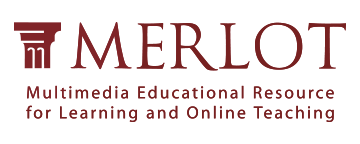Learn to tell the difference between primary and secondary sources by becoming a contestant on everybody's favorite new game show, Wheel of Sources! Click on the interactive video below to get started.
Key Terms from the Video
- Empirical Study: An empirical study is a type of research that uses empirical evidence, meaing that the research is conducted using direct or indirect observation for its findings. This is in contrast to non-empirical studies, which do not involve direct or indirect observation and analyze pre-existing phenomena or materials for their findings.
- Meta-Analysis: A meta-analysis, like a review article, analyzes and evaluates the results of multiple scientific studies.
- Primary Sources in the Humanities: Provide a firsthand account of a research topic.
- Primary Sources in the Sciences: Contain original research.
- Primary and Secondary Sources in the Social Sciences: In the social sciences, primary and secondary source definitions vary based on the type of method and theoretical approach of the specific discipline. Either the humanities or the sciences definitions may apply.
- Review Article: A review article summarizes the current state of understanding on a given topic, by providing a broad overview of published research articles on that topic. A review article does not introduce original research findings.
- Secondary Sources in the Humanities: Interpret, summarize, or critique the original information.
- Secondary Sources in the Sciences: Summarize, analyze, or review other primary research papers, but do not contain original research.
- Tertiary Sources: Tertiary sources provide overviews, summaries, or indexes of both primary and secondary source materials. Examples include encyclopedias and dictionaries.
Related Resources
About this tutorial
Awards and Recognition
Authors
Contributors
Allison R. Benedetti, Miki Goral, Robert Gore, Janine Henri, Callie Holmes, Doug Worsham, Diana L. King, Simon Lee, Henri Lim, Marisa Méndez-Brady, Annie Pho, Alicia Reiley, Renee Romero, Matthew Vest
Learning Outcomes
- Identify a source as primary or secondary given a specific research topic or discipline.
- Identify a source that one research topic would treat as primary, and another research topic would treat as secondary.
- Generate ideas for types of primary sources that may be relevant to their research area.

